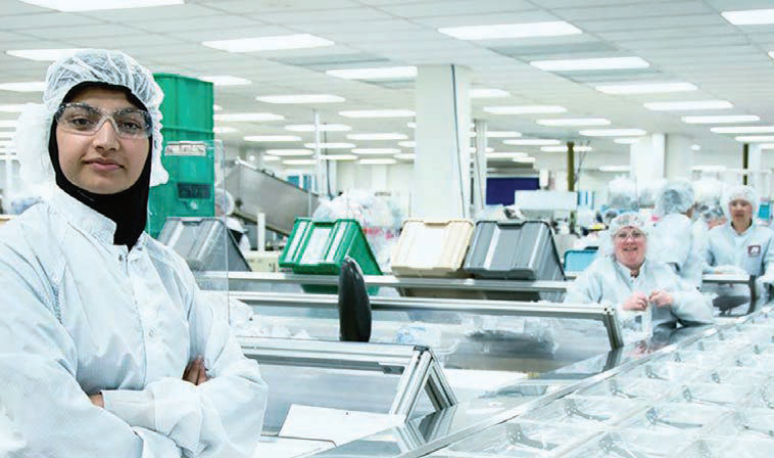By Brice Wallace
“Really thriving.” “Growing.” “Relevant.”
Those were among the words speakers used to describe Utah’s life science industry at the recent Utah Life Science Summit, organized by industry association BioUtah.
“It’s very clear to us that life sciences makes a significant contribution to the Utah economy,” Natalie Gochnour, associate dean of the David Eccles School of Business at the University of Utah and director of the university’s Kem C. Gardner Policy Institute, said at the event’s keynote presentation.
In 2015, she said, life sciences accounted for 2.7 percent of Utah private-sector jobs, with a total of 32,200. The $2.1 billion its companies paid workers that year was 4.1 percent of the state total. And sales of $12.7 billion in 2012 were 5.2 percent of the state’s overall figure.
{mprestriction ids="1,3"}While some of those figures might seem low, Gochnour said, they account only for direct economic impacts. The institute is currently studying indirect and induced economic impacts, with study results about the “multiplier effect” expected to be released sometime early next year.
That kind of detail is needed in order to help the industry and government decision-makers better understand life science’s economic scope, she said.
“If you are in the defense industry, there is a wealth of economic intelligence. If you’re in the life science industry, there is not enough economic intelligence,” Gochnour said. “We want to create a much more complete picture of your industry, and I think by doing that, we will not only help you, but we will help our state make better decisions to have the best shot at keeping this expansion going.”
The 32,200 life science jobs represent “strong recovery” for the industry, she said, noting that the figure was 28,100 in 2008 and dipped as low as 23,900 as recently as 2010.
Utah’s life science job growth between 2012 and 2015 was 6.2 percent, outpacing U.S. sector growth of 2.9 percent and overall U.S. job growth of 2.3 percent, as well as Utah’s overall job growth of 4 percent.
“We’ve grown so much faster than the U.S. for total jobs, so much faster than the U.S. for life science jobs, and it’s getting faster and faster as we look at the more-recent years,” Gochnour told the crowd. “Pretty interesting. That’s your sector doing that.”
Gochnour also said that life sciences has strong economic diversity. In 2015, 57 percent (18,300) of Utah’s life science jobs were in manufacturing of medical equipment and supplies, pharmaceuticals and medicine, and laboratory instruments and other items. About 7,500 jobs were in wholesale, or 23.2 percent of the industry. About 6,400 jobs, or 19 percent, were in services such as research and development and laboratory testing.
The manufacturing presence, she said, “is an incredible positive for our state, because so many states are losing manufacturing jobs, and in Utah we’re growing manufacturing jobs.” And it’s advanced manufacturing that the industry is undertaking. “I think this, to me, is the most economically relevant and exciting thing about life sciences,” she said.
As for the industry’s outlook, Gochnour cited an overall positive trend for Utah receiving National Institute of Health (NIH) research grants for life sciences and the fact that Utah has an aging population that will result in increasing healthcare demands. Utah currently has about 340 people age 100 or older, but that is projected to grow to 6,800 by the year 2065. “That’s telling, right? That tells you that the Utah of today is going to change,” she said.
Tom Polen, president of medical technology company BD (Becton, Dickinson and Co.), said Utah has a “fantastic environment for the life science industry.” He said that nationally, trouble signs include 40 percent lower levels of venture capital funding into the medtech sector over the past decade, including a 75 percent drop for the earliest-stage startups. Also, federal biomedical research has not kept up with inflation, he said.
“Obviously, the environment that the governor and the state of Utah have created here is kind of a bubble and something that is very special,” Polen said. “It’s also important to recognize what’s happening in other states across the country.
“We’re certainly in a time of unprecedented change in healthcare. And I believe it’s on all of us here today to help drive that future of healthcare. … There’s been no more exciting time in the life science and medtech industry, and we really look forward, obviously, to what the future holds and the opportunities here in Utah.”{/mprestriction}








